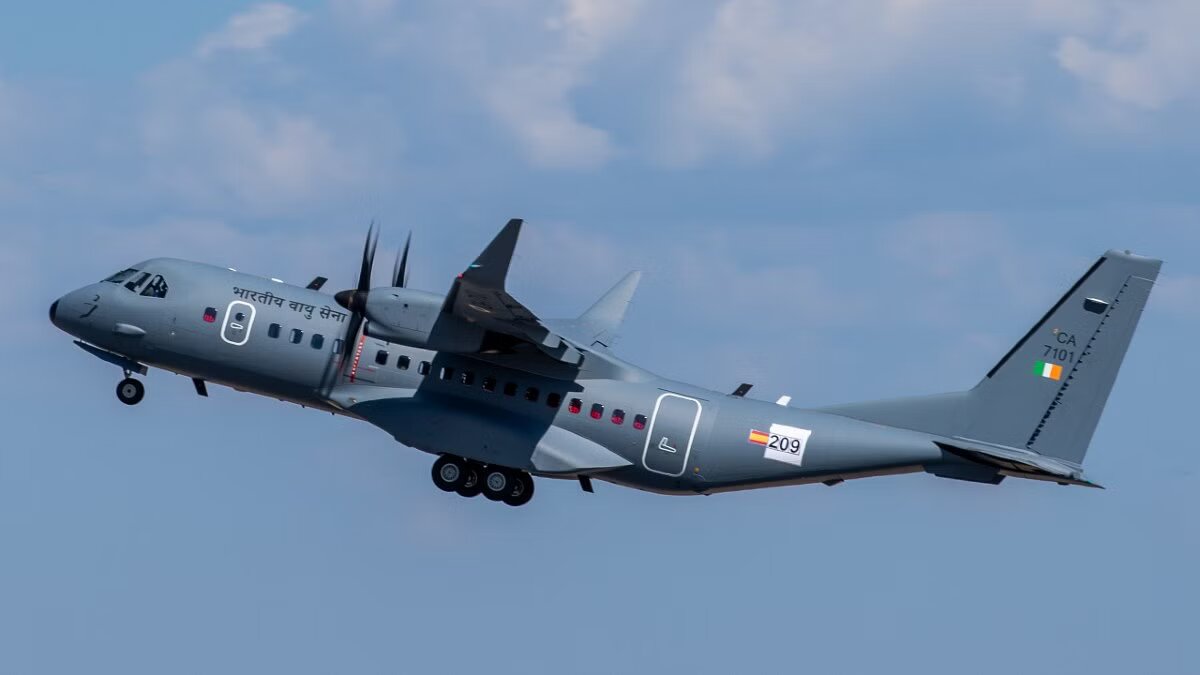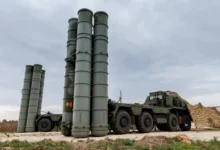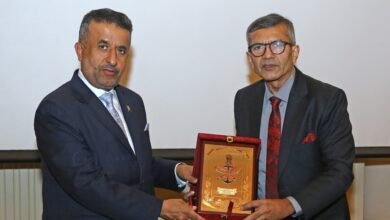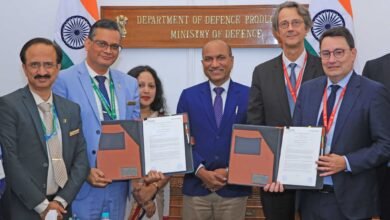India’s Milestone: First C295 Aircraft To Replace Ageing IAF Avro Fleet

- According to Airbus, these winglets improve takeoffs on hot and high airfields, allow for higher cruise altitudes (especially at higher weights)
- The C295 has two turboprop engines made by Pratt & Whitney Canada called PW127G.
Sacrifice, Valor, and Unyielding Resolve: As part of a deal between European flying giant Airbus and Indian airline TATA, India got the first of 56 C295 planes on Wednesday. Of these, 40 will be made in India. This is the first time an airplane will be made by a private Indian company.
The head of the Indian Air Force (IAF), Air Chief Marshal V.R. Chaudhari, got the first plane in Seville, Spain, where Airbus has a factory. It will now be flown back to India, and on September 25, there will be an official ceremony at the Hindon air base in Ghaziabad.
“Not only is it a big deal for IAF, but for the whole country as well. This is because of two things. First, it makes it easier for the IAF to do offensive airlift. “And for a country, it’s the start of a new era,” the head of the IAF said as he took ownership of the plane in Seville.
He also said, “After the first 16 Aatmanirbhar Bharat planes leave this plant, the 17th plane and on will be made in India.” The first military transport plane will be made in India, which is a big step for the country’s aviation business.
The planes will replace the IAF’s stock of old Avros.
The C295 can take up to 9 tons of cargo or as many as 71 soldiers at a maximum cruise speed of about 480 km/h. It can also be used to refuel helicopters and fixed-wing planes from the air. The C295 is different from the Avro in that it has a back ramp for loading and unloading. This will help the IAF when they need to move bigger equipment.
The C295 has flexible landing gear and a clear, pressurized cabin that is 12.69 meters long. It can cruise at altitudes up to 30,000 feet. Unlike the Avro, it can take off and land on small (no longer than 670 m/2,200 ft), soft, rough, and unprepared airstrips. It can also fly low to the ground at speeds as slow as 110 knots.
It is mostly a transport plane, but it can also be changed to help with intelligence, observation, and reconnaissance. It has a multi-mission radar that can be armed to help with close air support.
In addition to electronic intelligence (ELINT) and communications intelligence (COMINT), the plane can be changed to do maritime monitoring and fight against submarines.
The C295 has two turboprop engines made by Pratt & Whitney Canada called PW127G.
Each of the 56 planes will have an Electronic Warfare suite that was made in India by Bharat Electronics Ltd. and Bharat Dynamics Ltd. In another first, the TATA group would test the plane as a whole system and deliver it through self-certification.
Baseline C295s now have winglets that improve performance in all phases of flight. According to Airbus, these winglets improve takeoffs on hot and high airfields, allow for higher cruise altitudes (especially at higher weights), increase endurance, and reduce overall fuel consumption by 3–6%.
Its cockpit has four 14.1-inch multifunctional touchscreen displays, screens that can be rearranged, electronic charts and checklists, and system state reports. A crew of two can do all kinds of things in the cockpit. NVGs, or night vision goggles, can also be used in the cabin.







Facebook Comments